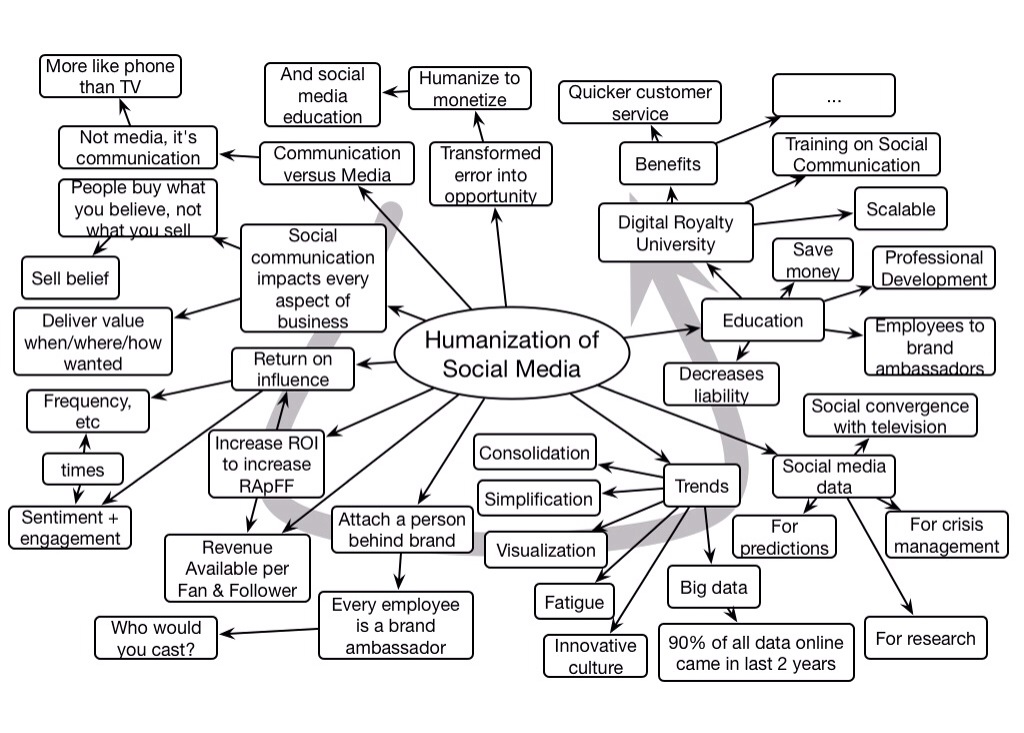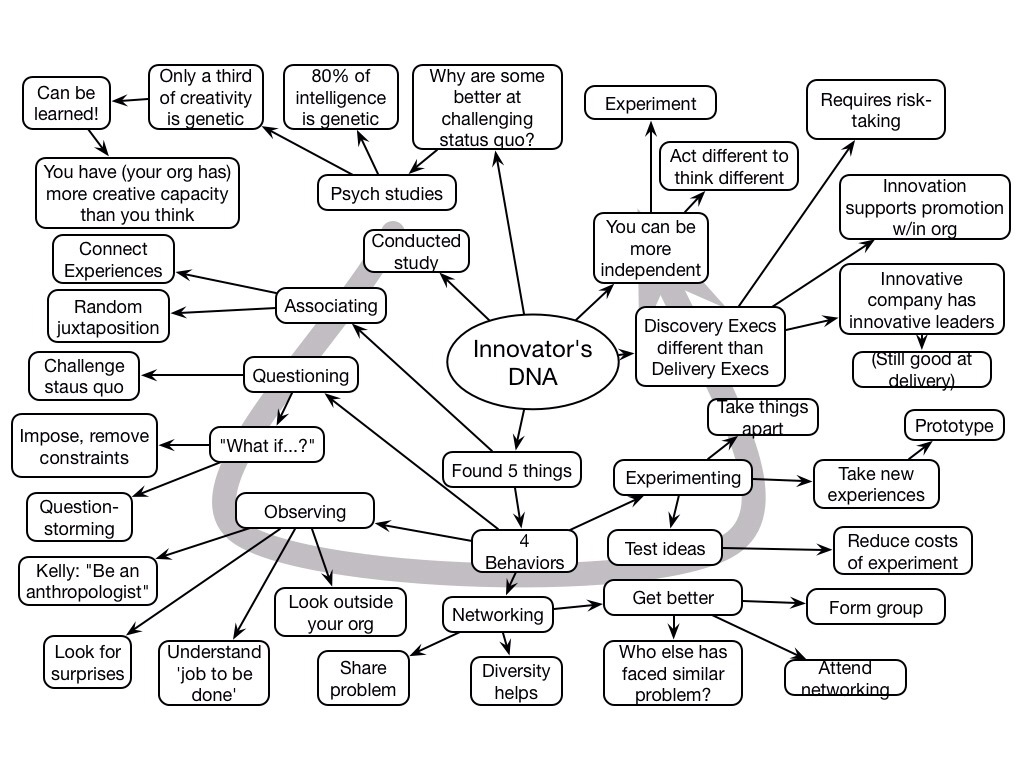This seems to be my year of making trouble, and one of the ways is talking about what L&D is and isn’t doing. As a consequence of the forthcoming book (no cover comps yet nor ability to preorder), I’ve had to put my thoughts together, and I’m giving the preliminary version next Thurs, February 6, at 11AM PT, 2PM ET as a webinar for ASTD.
The gist is that there are a number of changes L&D is not accommodating: changes in how business should be run, changes in understanding how we think and perform, and even our understanding of learning has advanced (at least beyond the point that most of our corporate approaches seem to recognize). Most L&D really seems stuck in the industrial age, and yet we’re in the information age.
And this just doesn’t make sense! We should be the most eager adopters of technology, staying on top of new developments and looking for their potential to support our organizations. We should be leading the charge in being learning organizations: following the business precepts of experimenting regularly, failing fast, and reflecting on the outcomes. Yet that doesn’t reflect what the we’re seeing.
To move forward, we need to do more. To address business needs, we need to consider performance support and social networks. In fact, I argue that these should be our first line of defense, and courses should only be used when a significant skill shift is required. We should be leveraging technology more effectively, looking at semantics and content architectures as well as mobile and contextual opportunities. And we need to be getting strategic about how we’re helping the organization and evaluating not just efficiency but our effectiveness and impact.
This is just the start of a rolling series of activities trying to inject a sense of urgency into L&D (change management step 1). While this will be covered in print, in sessions starting with last week’s TK14, and continuing through Learning Solutions and ICE, here’s a chance to get a headstart. Look for a followup somewhere around April. Hope you’ll join us!

